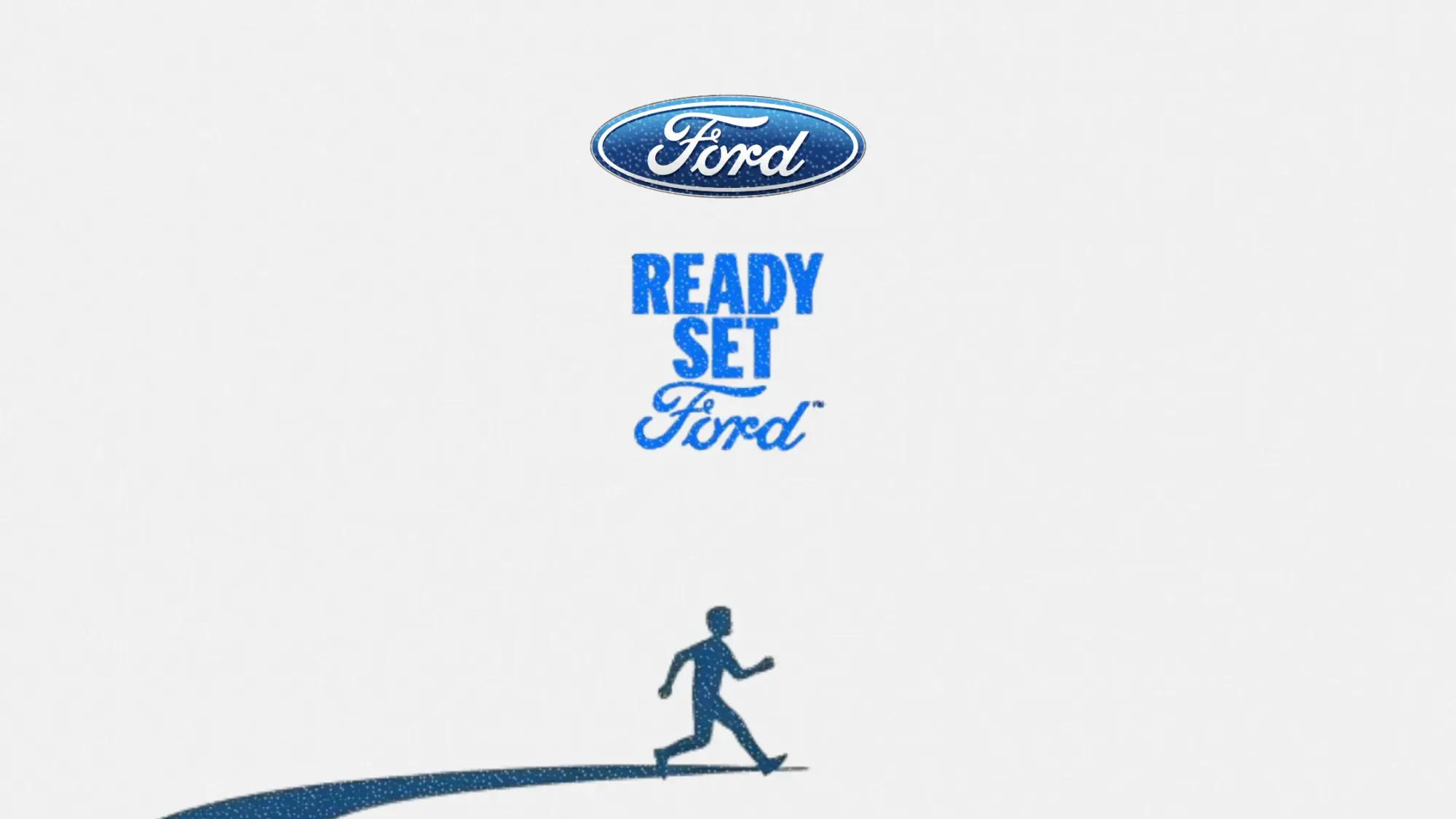Ford's new global campaign is all about passion, not just horsepower
With “Ready set Ford”, the 122-year-old brand pivots to emotional storytelling and community-first marketing

After more than a decade off the global marketing stage, Ford Motor Company is making a brand-wide comeback. The automaker has launched “Ready set Ford”, its first global campaign in over 15 years, aiming to modernize its positioning and reconnect with a new generation of drivers.
The campaign signals a deliberate shift in strategy for the 122-year-old brand. Rather than leading with specs and model names, Ford is emphasizing customer identity, emotional ambition, and lifestyle fit.
This article unpacks what the campaign means for marketers and how it reflects a broader trend in legacy brand storytelling.
Short on time?
Here is a table of content for quick access:
- What happened: Ford debuts “Ready set Ford” global campaign
- Ford’s marketing playbook: three strategic shifts
- What marketers should know

Ford debuts "Ready set Ford" global campaign
The campaign centers around a one-minute cinematic film that blends high-stakes action with human storytelling. It opens with a man sprinting on a deserted track before cutting to a racetrack where Ford cars thunder past, creating a metaphor for inner drive and capability.
The film then pivots to lighter, relatable moments. Two men chase a wild cow in a Ford vehicle. A couple enjoys a dirt road cruise. Each vignette illustrates how Ford shows up in real lives, from the extraordinary to the everyday. The orchestral soundtrack builds to a final voiceover featuring the well-known Henry Ford quote: “Whether you think you can, or you think you can’t, you’re right.”
But this isn’t just a brand refresh. It’s the public expression of a strategic transformation Ford has been working on behind the scenes for years.
Ford's marketing playbook
Ford’s global campaign is more than a rebrand. It reflects a deeper transformation in how the company approaches marketing, customer engagement, and product storytelling. Here are the three major shifts behind its updated strategy.
1. A new foundation built on values
Ford is now aligning around four brand promises: capability, passion, community, and trust. These promises are not just ad themes. They are designed to shape everything from vehicle design to philanthropic work through programs like Ford Philanthropy and Ford Building Together.
2. From nameplates to lifestyle-first marketing
Rather than organizing around individual vehicle models, Ford is now leading with lifestyle segments. This shift will influence how it approaches product strategy, retail experiences, and marketing campaigns. The idea is to speak to who the customer is, not just what they drive.
3. Emphasis on distinctive sub-brands
Ford will spotlight offerings like the Bronco SUV line, the Mustang range, its motorsports initiatives, and Ford Pro commercial services. These sub-brands carry cultural capital and emotional resonance that can reinforce Ford’s identity more effectively than high-volume models alone.
What marketers should know
Ford’s latest campaign isn’t just about selling cars. It’s a marketing pivot that reflects how legacy brands can evolve to stay relevant in today’s values-driven, identity-conscious landscape. Here are the key takeaways for marketers looking to apply similar principles.
- This is a case study in legacy brand reinvention
Ford’s move mirrors what other legacy brands are doing to stay emotionally relevant. Like Nike’s “Why do it?” or Apple’s “Shot on iPhone”, this campaign aims to align the brand with personal ambition and identity.
For marketers, the lesson is clear. Relevance today requires more than product messaging. It requires cultural fluency and emotional connection.
- Lifestyle-led storytelling is becoming the norm
The shift from nameplate-driven messaging to lifestyle-driven narratives is not unique to Ford. It reflects a growing need for brands to move from transactional selling to experiential relevance. Marketers across sectors should evaluate how well their content speaks to customer identity versus just features and benefits.
- Regional execution still matters
Ford’s "#iDriveFord" campaign in the Philippines shows how global brand values can be activated through local stories. The initiative highlights authentic driver experiences tied to recent launches like the Mustang Mach-E and Territory Hybrid.
By encouraging everyday users to share how Ford supports their lives—from weekday commutes to spontaneous road trips—the brand is building credibility through user-generated storytelling. This approach is worth watching for marketers aiming to balance global scale with local nuance.
“Ready set Ford” is more than a campaign relaunch. It’s a statement of intent from a legacy automaker aiming to stay relevant in a fast-changing market. By focusing on lifestyle, emotional storytelling, and purpose-driven values, Ford is rewriting its brand playbook for the next era.
For marketers, the takeaway is that even century-old brands can refresh their voice. What matters is staying aligned with how people see themselves, not just how they see your product.




